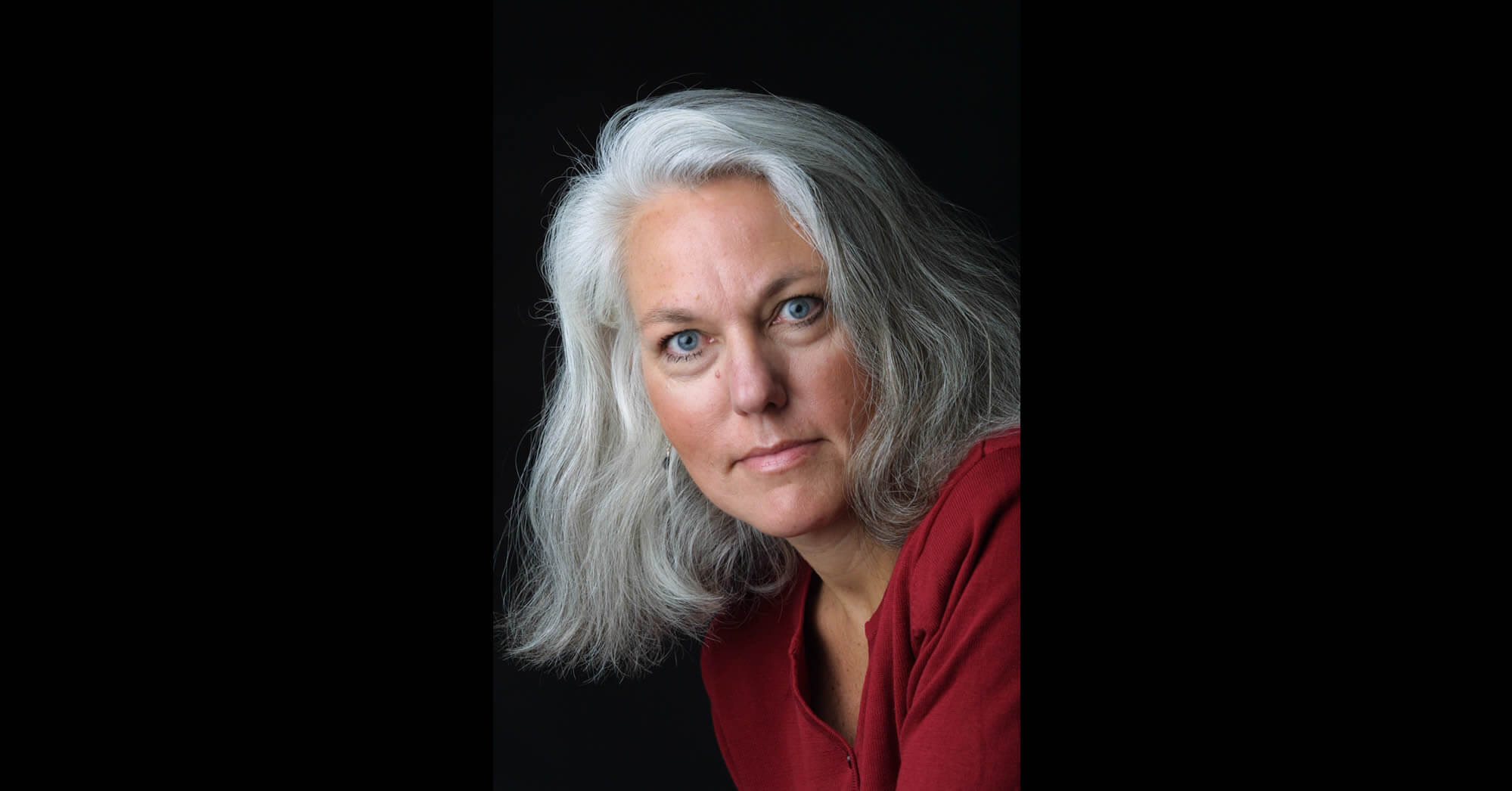The lessons of a Pulitzer-Prize winning reporter, editor and teacher to young journalists: be deeply curious, listen to people, read with a learning mind, find mentors. And never stop.
What basic elements do you require for a good story?
COMPELLING CHARACTERS: The people at the center of situations who are windows to the human and emotional dimensions of life. They don’t necessarily have to be likable, but they have to be credible. We have to be able to see glimpses of ourselves in them so we can relate in some way to the story.
TENSION: The characters need to have something at stake in a story, whether it’s as profound as whether they’ll survive cancer to as everyday as whether they’ll get their kids to school in time to catch the bus for work. The tension is usually embedded in a driving question that causes the reader to wonder how things will turn out.
SCENE OR SENSE OF PLACE. Our lives play out in the world. It is essential to put readers in that world through relevant action or description. This can be done in a line or two, or through a few bits of sparkling detail, or in whole passages.
What advice would you give to a young writer?
LEARN TO REPORT. To be deeply curious, develop good sources, find the right story subjects, ask good questions, listen to people, verify information, pay attention to the world around you. Don’t get so caught up in being a stylistic writer that you skip over the most important part of writing: reporting. This will give you both foundation and flexibility no matter how much the world of storytelling changes in the digital age.
GO WHERE THE WORK IS. Don’t limit yourself to what you think is a prestigious publication or impressive business card. Follow the story. Look for the places that are overlooked or undercovered and dive in. FIND
MENTORS. Study how the best reporter/writers do their jobs – and interview them about their techniques. Read with a learning mind. Ask subject experts how their worlds work. Be constantly curious. And never stop.
What is the secret to pitching stories? Do you remember one that convinced you immediately?
I don’t like to say no to writers’ ideas. Instead, I try to help them find a kernel of possibility within a broad or vague idea that allows them to follow their interest but also helps shape it into something fresh and relevant. Pitches need to be geared to the type of storytelling the publication or outlet does and to the audience it reaches. So I always ask who would care about a story and why? Then we drill down to how we can ground the story in the here-and-now so its relevance is clear. The best pitches are brief and zero in on those elements. They also prove that writers have done enough exploratory reporting to find the right story subjects, and have a solid gameplan for pursuing the story. Editors have to know the story being pitched will fit their needs and is doable. The ideal has to be grounded in the practical.
A reporter once came to me with an idea for a decent enterprise story about a support program for famlies who had a loved one with early-onset Alzheimer’s disease. This was more than 10 years ago, before much was known or written about early-onset dementia. In her exploratory reporting, before she came to me with the pitch, she had found three families in the program who had heartbreaking stories – and had agreed to talk to her further. I didn’t approve her story idea as she pitched it; she was thinking too small. Instead, I told her I wanted her to pursue the entire story – follow these three families for months or years as dementia changed their lives in unimaginable ways.
The result was ”Losing Betsy,” a remarkable series by Marsha King of The Seattle Times that ran in several installments from 2002 to 2007. This is the obituary for Betsy Meyer, the main character. She was diagnosed with progressive dementia at the age of 46, when her children were just 11 and 14. She was 55 when she died. This link will get you to the entire series.
What is the latest book you’ve read that dazzled you and why?
It’s summer, so I’ve been reading a lot of fiction. Beyond some page-turning brain candy, I was quite impressed by ”Life After Life,” Kate Atkinson’s time-shifting story of a woman caught up in the events of World War II and Hitler’s Germany. She dies and is reborn into different versions of her life several times – each time with choices that change everything.
And I was enchanted by ”The Snow Child” by Eowyn Ivey. It’s kind of an adult’s fairytale, about an aging couple whose only child had died and whose love died along with it. They move to pioneer Alaska to try to start over but aren’t prepared for the hardship of survival there. Then one winter, a magical child comes into their lives. What I liked about both of these books is that the relationships weren’t cliched, and they left me with more questions than answers. They made me think and wonder.
Jacqui Banaszynski talked at #Story14 about the power of stories to reach people. Watch her keynote and this exclusive interview on the importance of listening.
